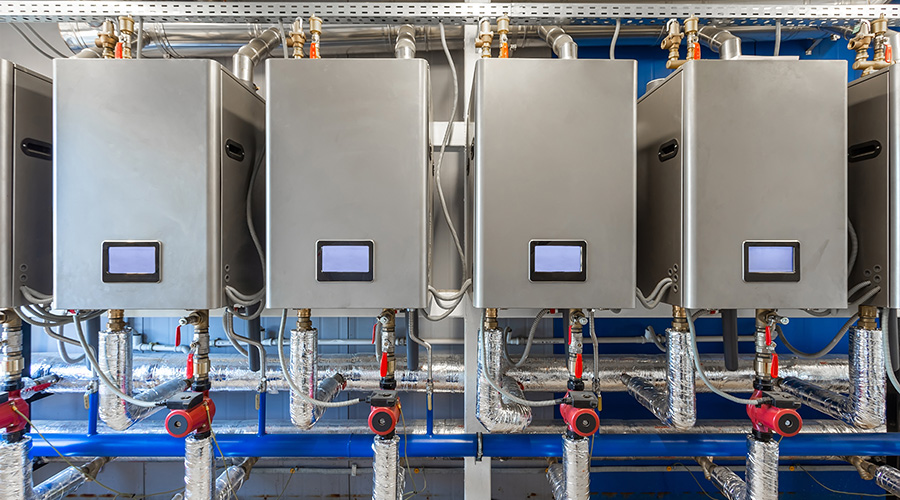Determining Facility Cooling Needs
One of the first steps for managers looking to install or upgrade their portable cooling for server rooms is to understand the impact of servers and IT equipment on the cooling load.
"The number one thing that I sometimes have trouble getting is information on their (installed) equipment — how many watts are being generated by their equipment," says Buddy Phillips of Atlas Sales & Rentals. "What we're trying to do is offset the load that they have with air-conditioning equipment so it keeps the room cool, so knowledge of their servers and wattage output has been one of my biggest battles when I go in there."
Managers also need to carefully consider the issue of heat rejection when specifying and installing cooling equipment.
"If it's an air-cooled unit, you need to determine where the heat will be rejected," Tagge says. "If you're trying to space cool in the process of using a portable, where will your makeup air come from?"
Often in existing buildings, the HVAC system presents unforeseen problems.
"A lot of times, people just let (heat) go to a drop ceiling," Watkins says. "If a drop ceiling is an air plenum back to the facility HVAC system or into another space, that's great. You can run heat up into that, and it will get sucked back up into the building and handled elsewhere. In some places, though, you have a drop ceiling, but it's just a dead air space, totally separate and tied off from the rest of the building. That's not a good place to dump heat."
In other cases, the construction of the building presents challenges.
"A lot of times, when you get into server rooms above the ceiling, the drywall goes all the way up all the way around," Phillips says. "One of the things you're looking for is a way to get the heat past that barrier to get it out of that space."
Another crucial piece of information relates to the condensation removal.
"How are you going to get rid of the water?" Tagge asks. "Are you going to collect it in a bucket and dump the bucket? Are you going to pump it? Are you going to gravity-drain it somewhere?" The issue might prompt managers to look more closely at their product options.
"How many times do you have a floor drain exactly where you need it for the condensate?" Watkins asks. "That's why we came up with evaporator to evaporate (the condensate) back into the airstream."
The information-gathering process often is more complex than some managers understand at first.
"Not many people truly understand the heat load their room has unless an experienced engineer or industry veteran goes through all of the heat-generating equipment in the room and explains how many Btus of heat each is giving off," Paulson says. "Many people think that 400 square feet can be cooled by 12,000 Btus of cooling, but if there are 10 servers along with a few computers, the heat load in the room can jump up to 24,000 Btus very easily."
Looking For Trouble
To fully understand the heat impact of servers and IT equipment, Watkins suggests managers conduct a site survey.
"If this is IT equipment or if this is a small server room or computer room, and you've done all the best practices, start looking at stuff like room construction," he says. "Is it a masonry wall, or is it an external wall facing sunlight? That will help you gauge and size what you need.
"Are there climate-controlled rooms around the perimeter of the room? Is the room you're trying to cool surrounded on all sides by other office space that is climate-controlled, or is one of the walls butted up against a warehouse that gets to 100 degrees in the summertime, and you'll have heat radiating from that area?"
Managers also should investigate the physical limitations of the room.
"When you get into larger units, one of the issues is always getting (the portable cooler) up to the space," Phillips says. "Is there an elevator? That can be challenging if you don't spec it out properly."
Related Topics:













